Simply Sequencing
Increasing sales and reducing labor are two topics that you seldom expect to find on the same page, let alone in the same paragraph. Yet if you sequence, you can expect to see higher sales without any real increases in labor.
How can this be true? Sequencing allows you to increase the number of “bloom days” that you have on your sales floor? By increasing the number of days that you have plants in flower, you are increasing the impulsivity of your product mix. We all know that if it is in bloom the consumer will buy it.
Simplicity with a plan
The concept is very simple, and to some degree, all of us are doing it with perennials whether we realize it or not. By their nature, perennials flower sequentially all season long, and we know for a fact that when a plant is in flower, either in the landscape or the garden center, it sells. Yet how many of us have taken the time to harness this incredible power and sales potential such that we actually order with the intention of having a core group of plants in flower at all times for displays and endcaps? How many of you have an Excel spreadsheet that lays out a genus or a group of plants in this manner and then make a buying decision based on this spreadsheet?
Imagine doing this, but taking it even further by categorizing the list of plants you sell in one of the following genuses Hydrangea paniculata, syringa, or azaleas and rhododendrons and listing them by their flowering time. How much overlap do you see of the bloom times? If we consider lilacs, probably 80 percent of the lilacs you carry flower in the same 10- to 14-day period because they are all French Lilacs. For azaleas and rhododendrons, 65-plus percent of your product mix is going to flower from mid-May to early June, a 4-week period of time.
Sequencing for more profit sounds almost too easy to be true. The concept is a simple one, there are just some opportunities out there that we are missing. After all, everyone is sequencing perennials to some degree just by bringing in plants that are in flower. Yet are we doing it intentionally? When you order daylilies, do you make sure you have various reds that will be in flower over the whole summer, or do you just order the ones that you like?
Getting proactive
If it works so well for perennials, why not do it with other plants like lilacs, azaleas and rhododendrons, and P.G. hydrangeas? Why tie up your money in inventory that is only going to be in flower for a short period of time, when with just a little effort you can bring in product that will be in bloom for twice as long? Understand that the fault lies to some degree with growers. They have a limited palette. But the only way that is going to change is if you start asking them to grow a more diverse product mix. Let’s review how some common plants in your selection can offer more impulse-buying potential if you’ll just make a few simple changes in your orders.
Azaleas and rhododendrons. How many of you have ordered essentially the same rhododendrons and azaleas for the past 5-10 years? By and large these plants all flower in a 3- to 4- week period, and then you end up with a large inventory of beautiful evergreens but no flowers. Flowers sell plants, so why place all of your eggs in one basket? There are wonderfully hardy azaleas and rhododendrons out there that flower from April all the way into mid-July. The last time I checked, that amounts to over 10 weeks of flowers and Á impulse sales. Granted, consumer traffic in the garden center declines in late June and July, but there is a saying that is as solid as bedrock: If it is in flower, they will buy it!” Find out which early- and late-blooming varieties will complement your mix, and get on the phone.
Hydrangea. Consider P.G. hydrangeas. How many of you are still selling primarily P.G. hydrangea and hydrangea ‘Tardiva’? Neither plant is in flower in July, and Tardiva doesn’t really begin flowering until mid-August in the Midwest (Zone 5). So wouldn’t you rather be selling varieties like Hydrangea paniculata ‘Kyushu’, a glossy-leafed version of Tardiva that begins flowering in July, or how about H. paniculata ‘Limelight’? Limelight is a non-flopping version of P.G. hydrangea that possesses iridescent lime-green to cream-white flowers, currently a really hot color thanks to Martha. Then there are others like H. paniculata ‘Pink Diamond’ and ‘Unique’ that also flower early. The question remains: Would you rather have Hydrangea paniculata flowering in your garden center in July, or wait until mid-August? Six weeks of impulse sales or 10-12? The best part is if you are in the Midwest and you bring plants in from a grower in North Carolina, there is a chance you could have P.G. hydrangea in flower on July 4, which is traditionally a good weekend for plant sales.
Lilacs. Lilacs are the perfect impulse plant because they are full of nostalgia, fragrance and flowers. We all remember the lilacs our mothers or grandmothers grew, and how those lavender/purple trusses filled the house with their fragrance in May. These wonderful memories probably came from the common lilac (Syringa vulgaris), one of a very large group of lilacs better known as “French lilacs.” Today, consumer fascination with lilacs continues because fragrant flowering plants are still a hot trend. This leads me to raise the following question: Why settle for just two weeks of flowers? Certainly we would love to sell more lilacs over a longer period, and that is exactly what sequencing can do for you.
Imagine, if you would, that wonderful fragrance, and then picture it filling your customer’s house or yard for six weeks. By carrying the right species and cultivars, you can actually provide your customers with up to 10 weeks of these wonderfully fragrant flowers. Even better is the fact that you are ensuring yourself 10 weeks of impulse sales instead of 2-3.
French lilacs, with some exceptions, are mid-season bloomers and flower in mid-May. By sandwiching a French lilac between early- and late-flowering hybrids, you can have 4-6 weeks of flowers instead of two. Couple this with the fact that Syringa patula ‘Miss Kim’ flowers after the late hybrids and you now have 6-7 weeks of impulse sales. Now train your staff or create signage that points out to the consumer that planting a tree lilac (Syringa reticulata) provides an additional 2-3 weeks of flowers in mid-June for a total of up to 10 weeks of impulse sales. This wonderful, small-flowering tree starts flowering in late May and continues through June, and its bark is also very ornamental, providing a welcome addition to the winter landscape. Furthermore, tree lilacs offer us flowers and fragrance when most small ornamental trees, such as dogwoods, redbuds and crabapples, are done flowering.
Getting the Sequence
The above examples are just that… examples. Sequencing can be done in most any plant category from flowering shrubs to bedding plants to spring bulbs. Once you train yourself and your staff to evaluate bloom windows just like they would color or height, you’ll find numerous Á opportunities to incorporate this easy, money-making concept.
Having informed, helpful salespeople asking the right questions is the easiest way to make sequenced sales, but it’s not the only way. If you print your own tags, add a buying sequence to the tag. Develop a sequencing sign program. Run teaser ads that tout 10 weeks of lilac blooms.
And by the way, customers are just like the rest of us. If you can make them understand the sequencing concept, they’ll start looking for it, and seeing it, everywhere. What started as a way to sell more rhodies will grow into increased fruit tree, tulip and rose sales; it will just start snowballing from customer demand alone.

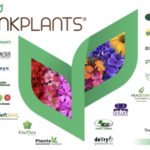
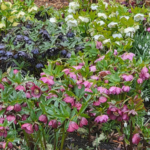

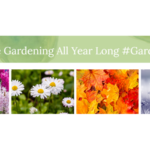



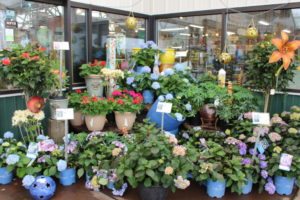

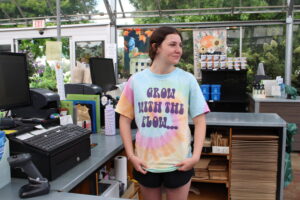

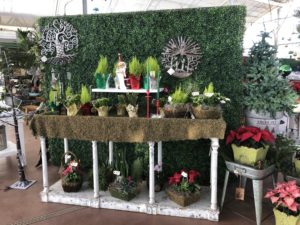
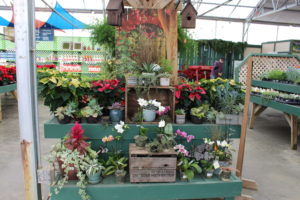

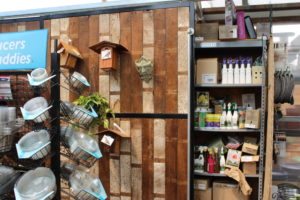

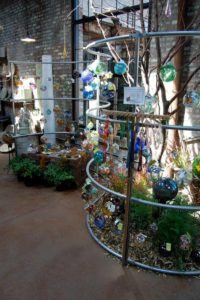
 Videos
Videos





